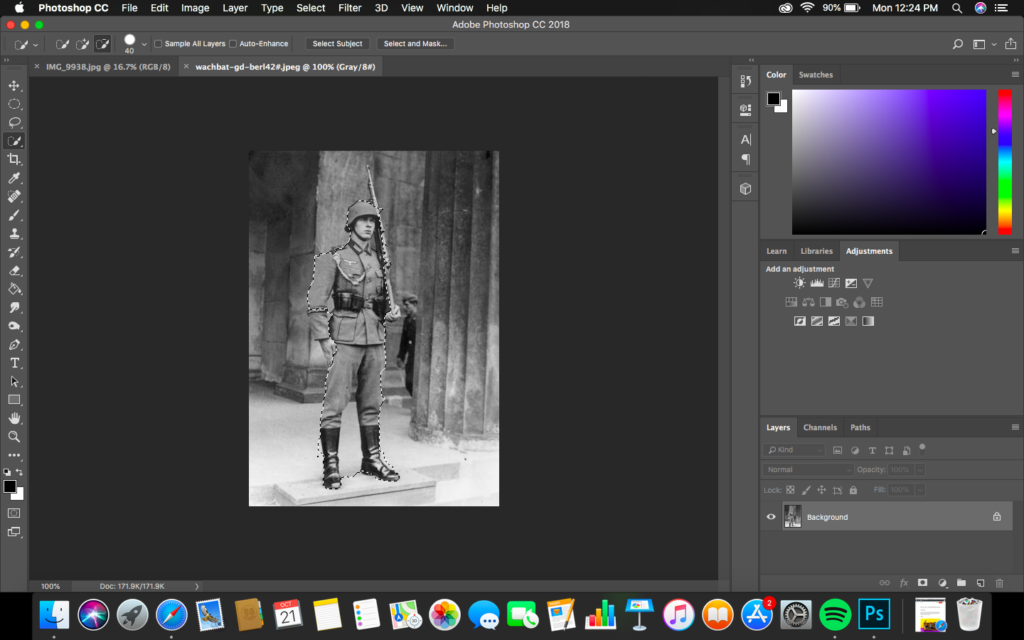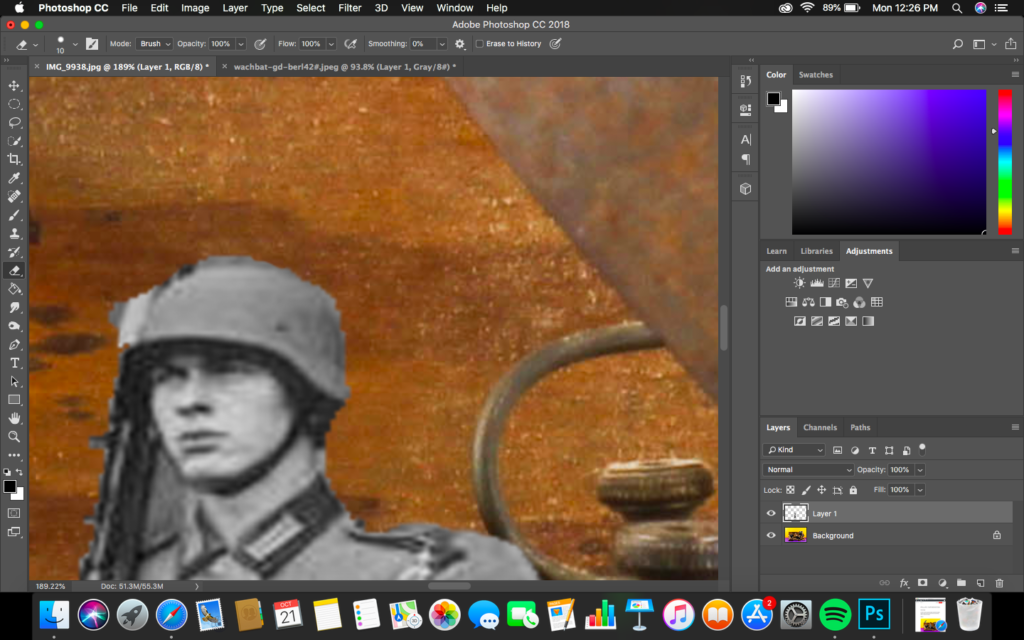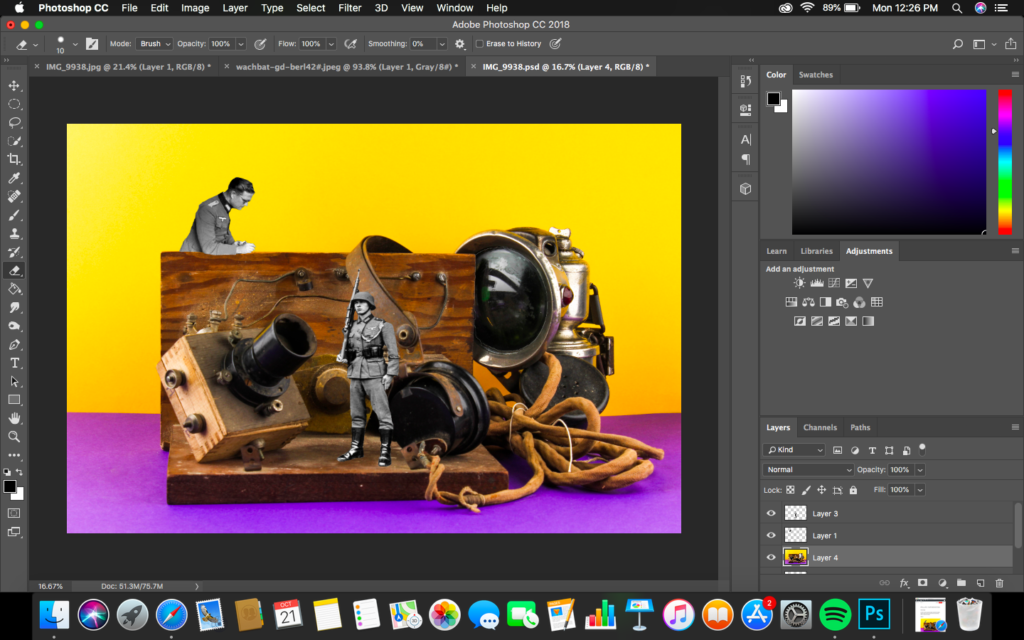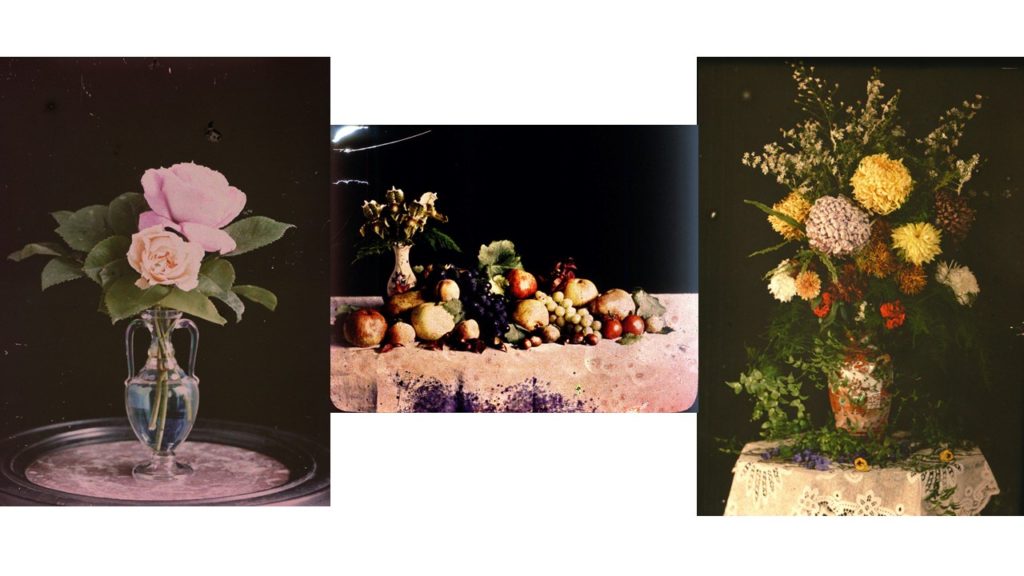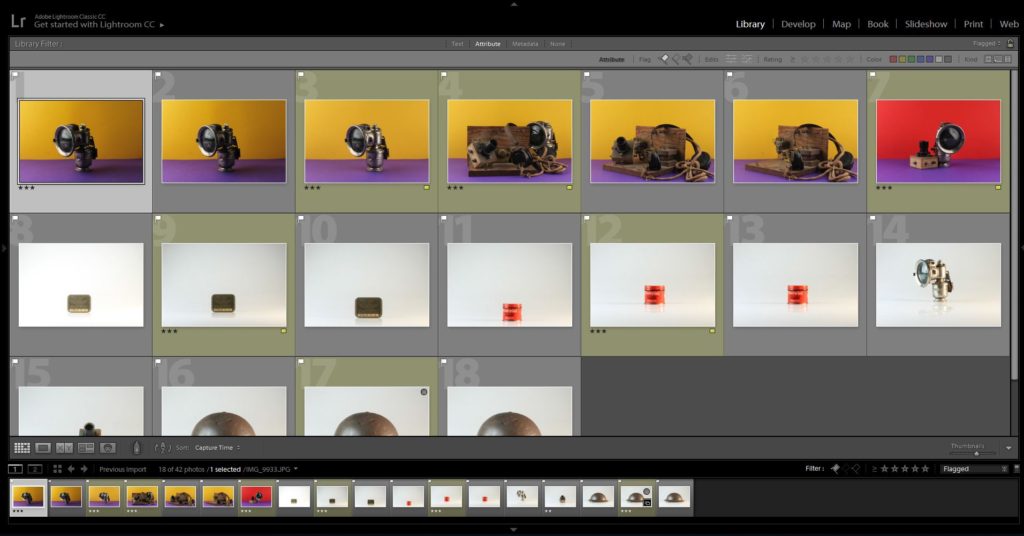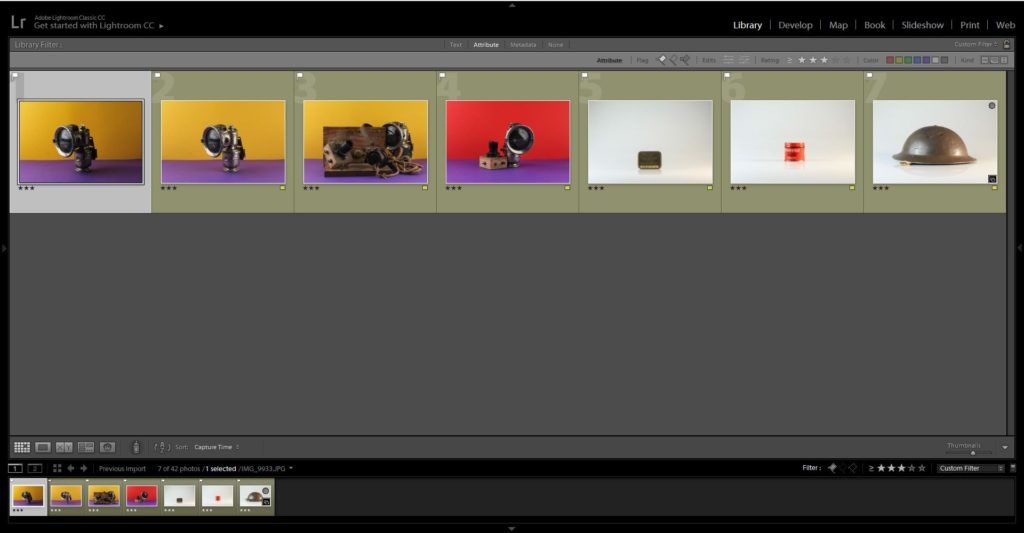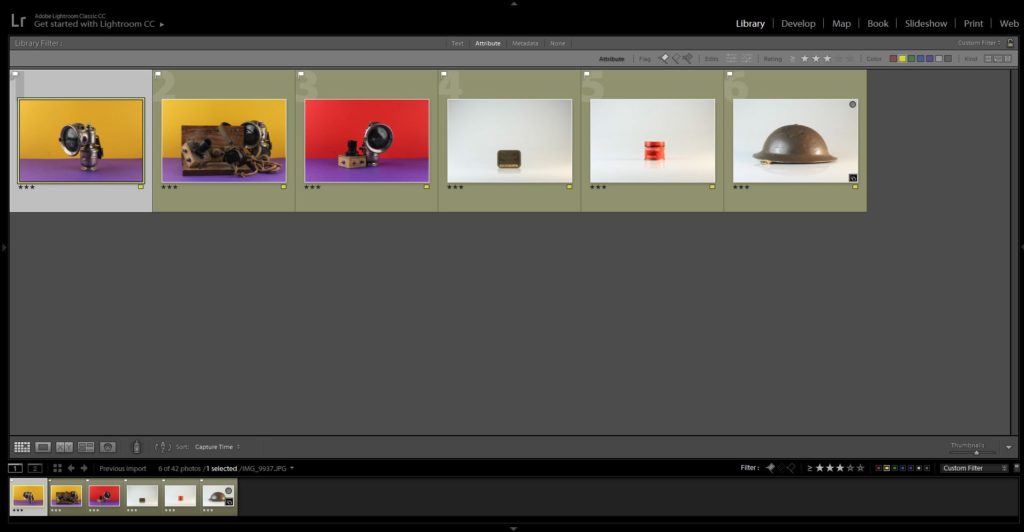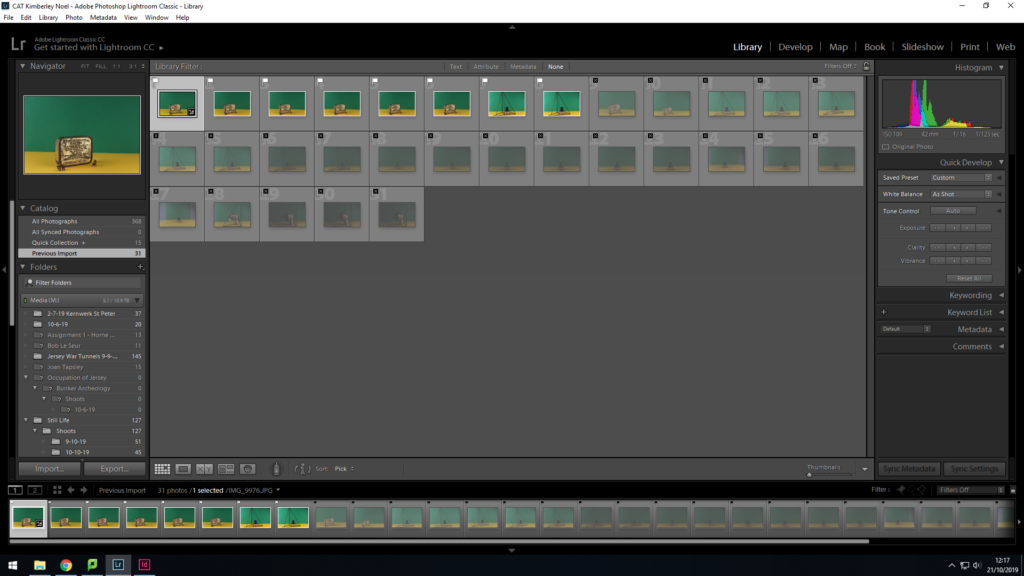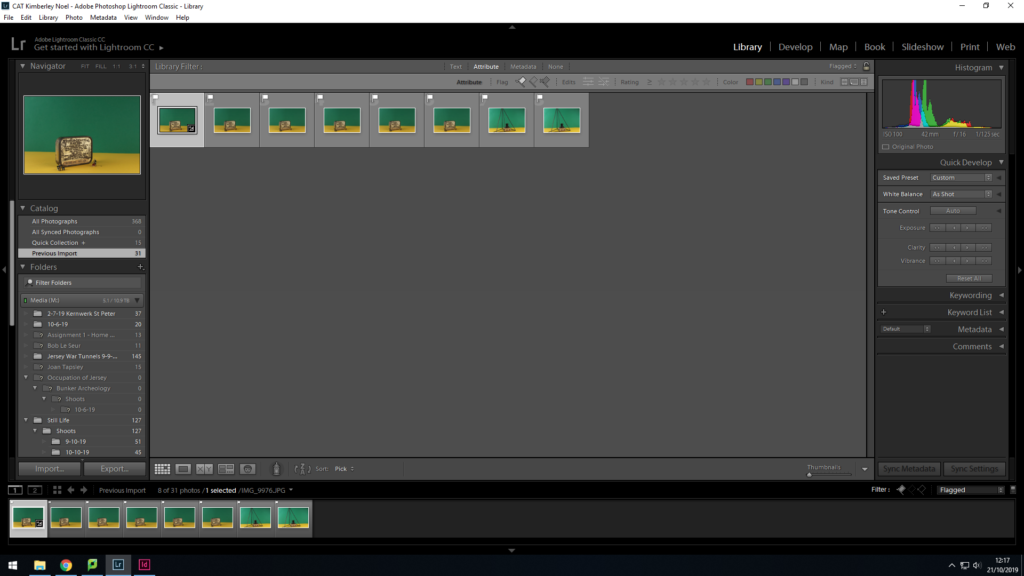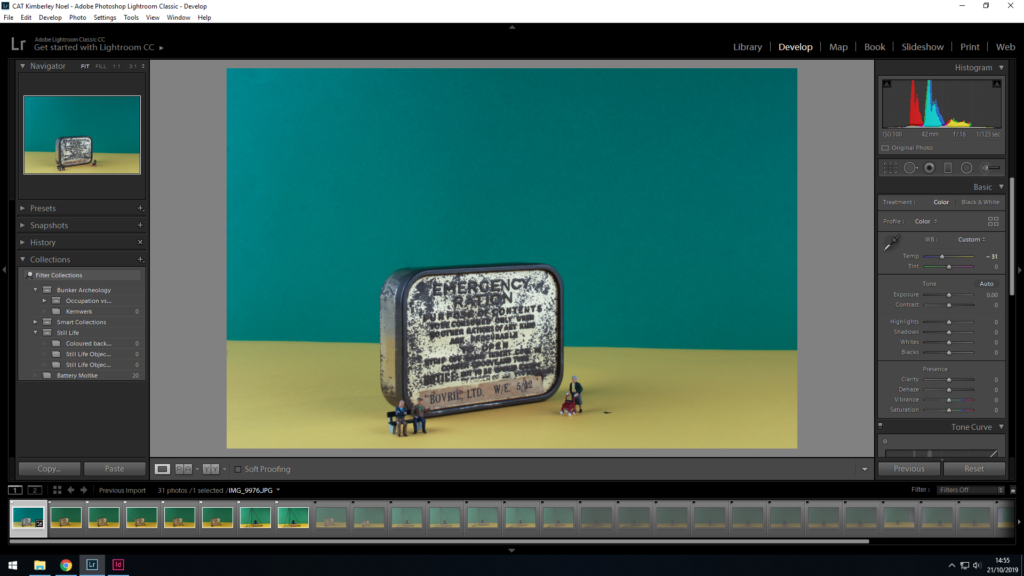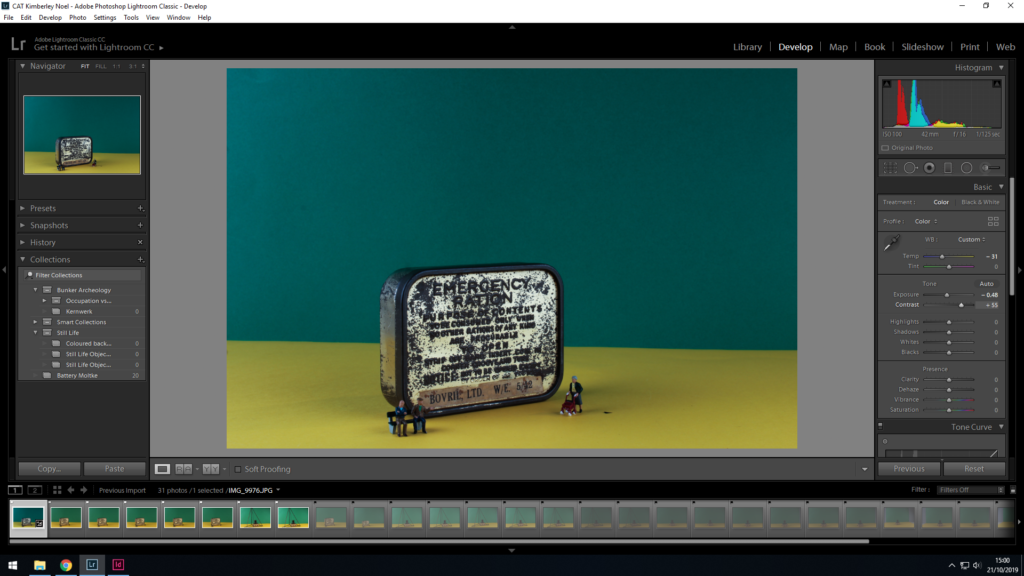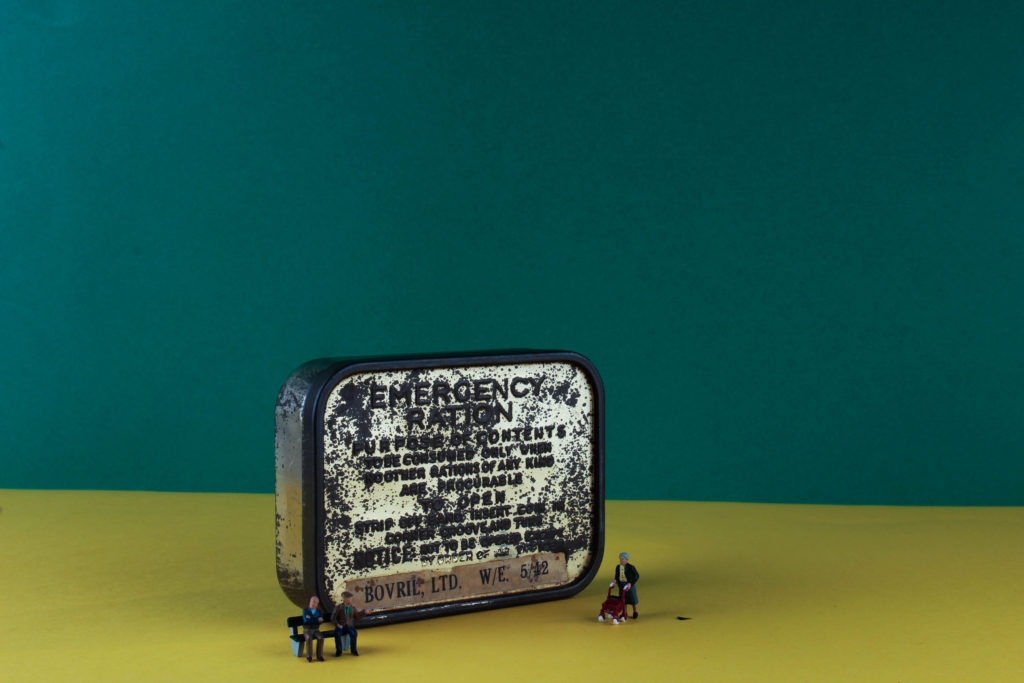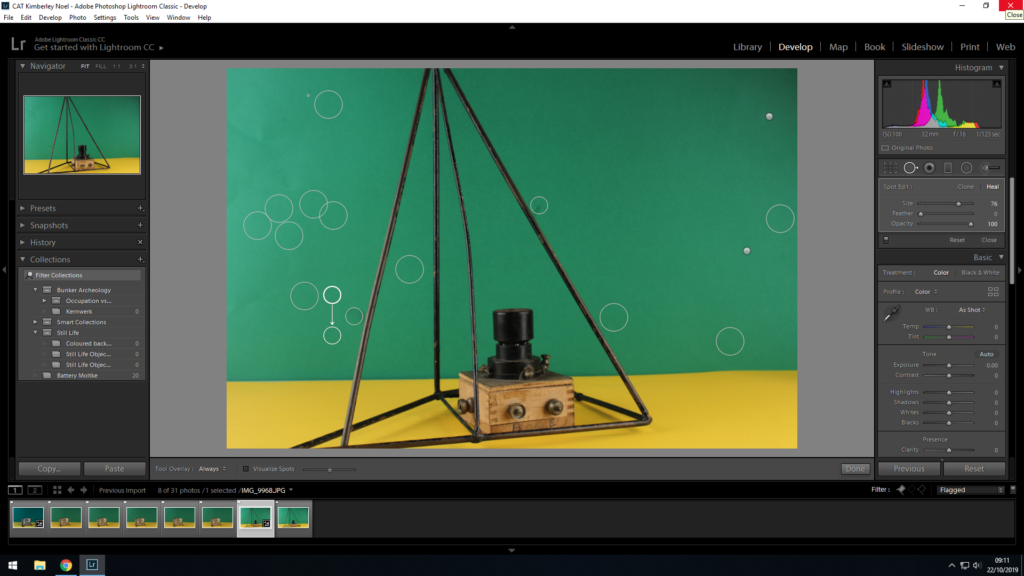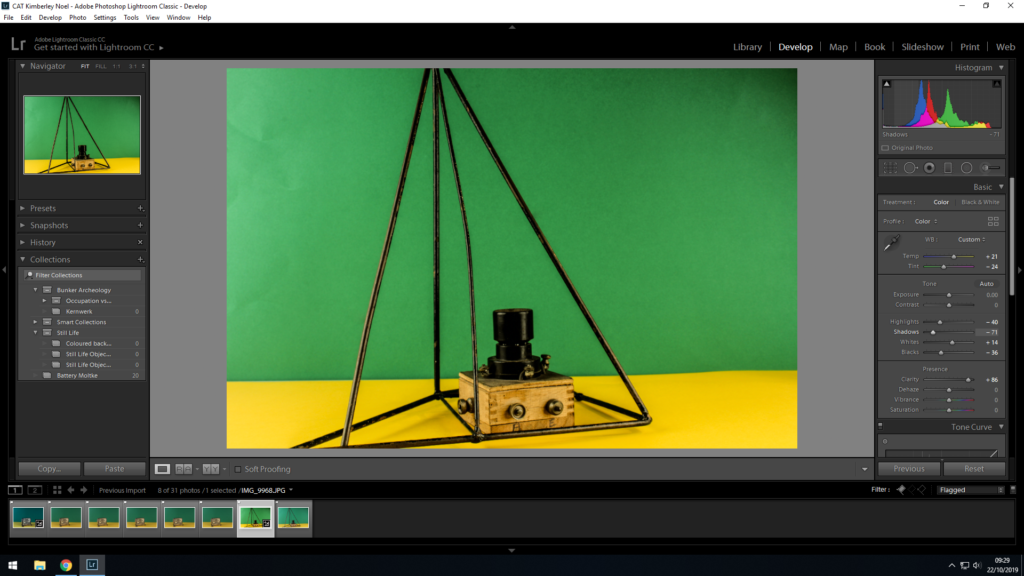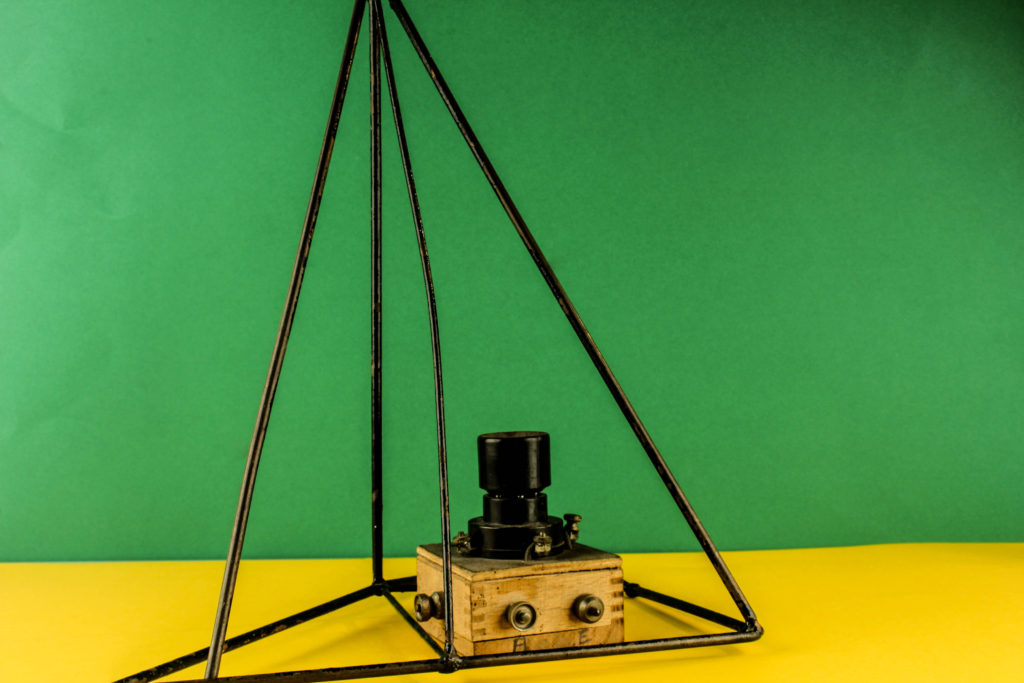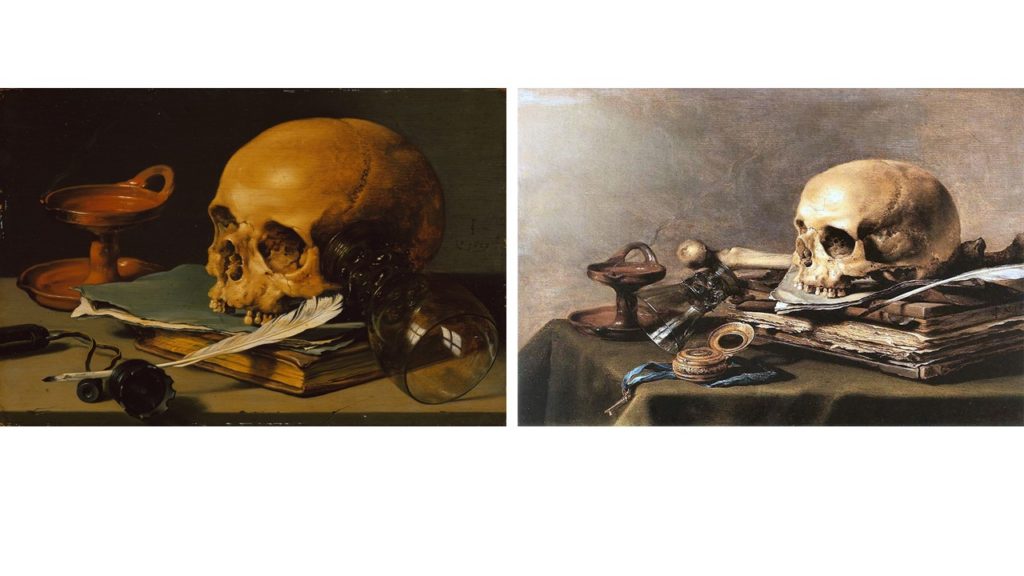Photomontage:
In order to create my photomontages I exported the original images as JPEG’s and then imported them into photoshop, where I created the montage. These outcomes are inspired by Milach who created similar imagery to contextually presented the children strike.
Design 1:
To create this design I opened up archival images of German soldiers, using the quick selection tool I cut out the sliders and placed them onto the still life photograph. Using the transformation tool I adjusted the size and positioning of the soldiers. I then used the rubber tool and went around the cutting making the outline smooth and more naturalistic. I then added a whole solider image in the light, which was done by cutting out the centre of the light and using the blending mode tools to combine and create this overlay of the two layers. I believe that this outcomes is the most successful from my further experimentation with my still life imagery.
Conceptually I wanted to convey the restrictions the German’s bought in on islanders when Jersey was occupied over the 5 years. The objects in the frame are minimalistic and basic suggesting how restricted Islanders where, as well as the ideology of lack of communication on the island which is shown by the radio set in the centre, contextually Islander where not allowed radio sets or contact with the main land which influenced the restrictions of objects the islanders where allowed. The soldiers represent the restriction and how the German’s were always around making it hard to have the contraband without being caught, creating a sense of authority and entrapment. On top of this, the soldiers in the light represent the unknown, when the war was occurring islanders did not know where they stood and who was winning due to the lack of communication
Visually, the image is busy creating a sense of chaos and lack of space, showcasing the conceptual meaning on how Islanders where restricted. The colours contrast the archival photographs, creating clear juxtaposition which reinforces the conceptual and contextual meanings outlined above. Everything is central in the frame, making it the main focal point. The lack of shadows and simplistic background supports this being the main focus point. On top of this, the main formal elements presented are colour, space and texture which is presented through the positioning of the composition.
Technically, the camera settings are simplistic and similar to Milach’s photography. The ISO was kept on 100 as well as the shutter speed being quick. The aperture was F16, allowing no depth of field to be showcased, but still allowed enough light in. The lighting was two artificial flash heads, reducing shadows in the background, which worked with the colour accuracy of my white balance used. Overall, I believe I have managed to produce successful imagery with strong conceptual and contextual representations.

Design 2:
For my second design I followed similar steps as to my first photomontage. When creating this image I selected an archival image of a solider and used the quick selection tool to cut it out. I then placed and positioned the the solider to look at the light, creating a minimalistic and simplistic documentary photomontage. Although this imagery is still successful and rich with conceptual land contextual representation, I do not believe it is as strong as the imagery created above.
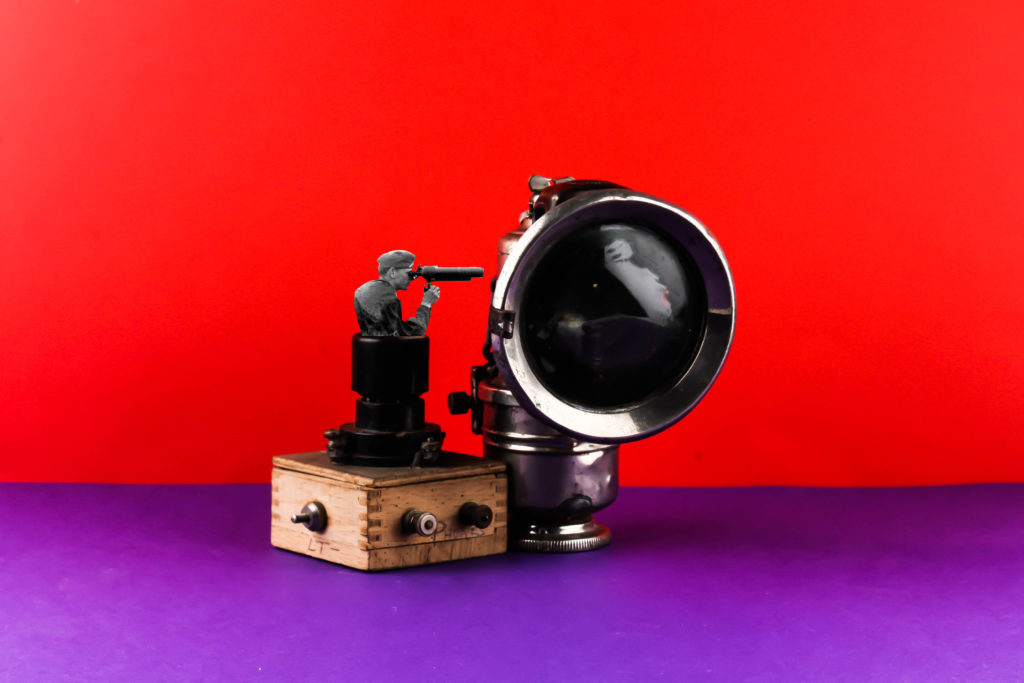
Exploration Edit:
For my next edit I decided to select my top photograph which captured a singular object at a straight on angle on the white background. For my first design I created a colour version of this. I achieved the look by adjusting the contrast, structure, white, blacks and shadows allowing the colouring to be emphasise, making it the main formal element being presented in the outcome. There is clear highlighted areas which create a contrast in tonal regions, which compliments the rustic feel towards the imagery. A vignetting has been used to draw attention to the centre of the frame, almost creating an artificial depth of field. I find the colour edit visually pleasing to look at due texture and colour of the object to clearly be illuminated.
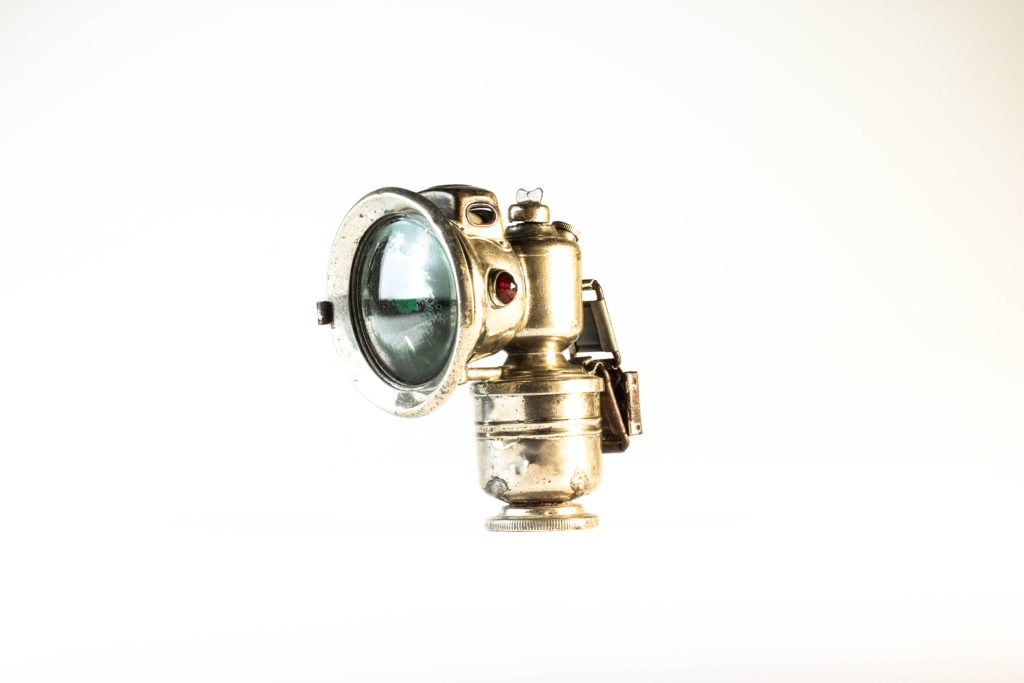
For my next design I wanted to create a black and white variation of the same image. To achieve this I started by making the image monochrome, and similarly adjusted the sliders of contrast, blacks, whites and shadows like the colour edit above. Doing this allowed a clear comparison as to if the image presents itself better black and white or in colour. Personally, I prefer the black and white outcome due to a ore metallic feel and the texture of the object to be showcase more, which helps to emphasise the contextual representations of the object more clearly.
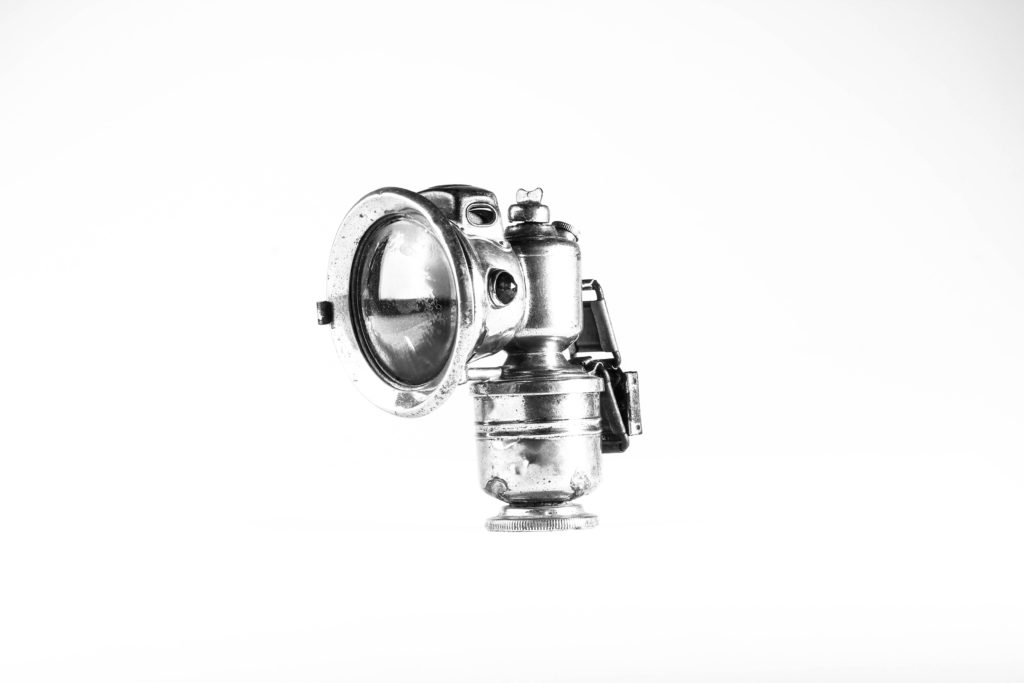
I then decided to make a third edit, which really emphasised the texture and tonal contrast of the object. Utilising the image above I then went on to moving the sliders to the extreme, at the bipolar ends, allowing the metal to be clearer and showcase more tonal contrast. Doing this also allowed the shadow of the object to be presented, which I think compliments the object and outcome. In addition, it has allowed the backgrounds to be multiple tones of white and grey, which does not distract viewers from the background, making a more intriguing representation of the object. I believe that this outcome is the most successful from this photograph due to the overall atheistic it brings and the strong conceptual and contextual representations it holds.
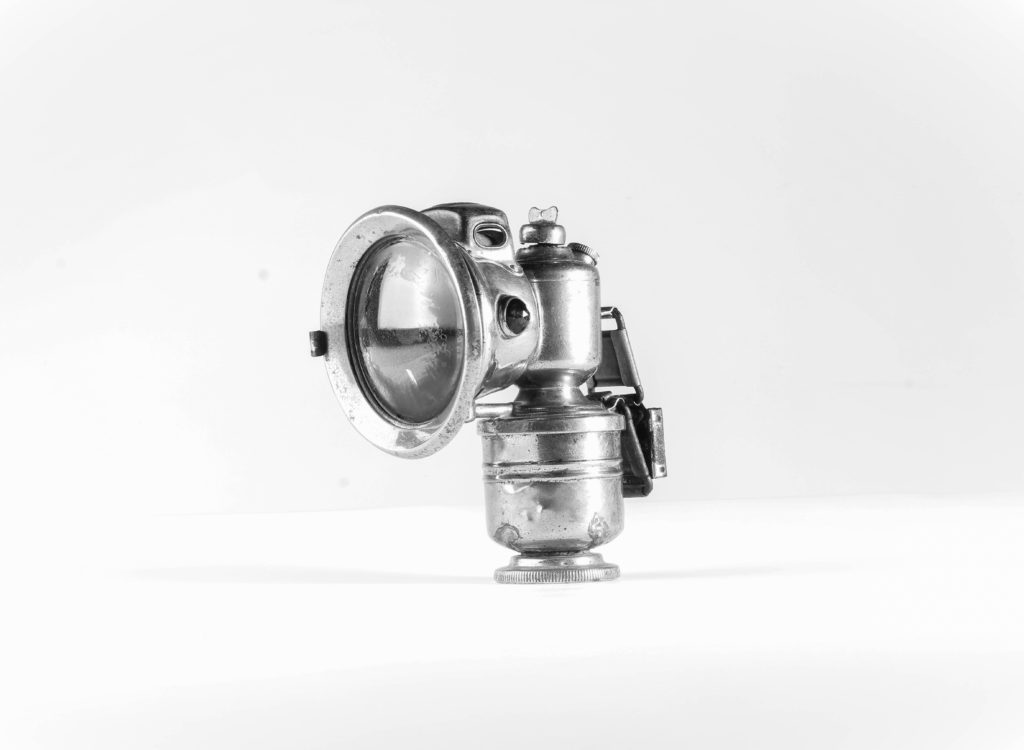
Most Successful Outcomes:
Evaluation:
To evaluate I believe I have been able to show clear further exploration to my still life imagery, through using inspiration from artists and experimenting on Lightroom to produce different outcomes of the same image. Doing this has allowed me to develop my project and understanding of still life, as well as produce outcomes which I would not have initially created. I have shown my creativity through my photomontages and ability to use photoshop to create such design. The two successful images, are definitely images which I will be using in my new zine which explores objects and people. To conclude, I have successful produced further exploration to still life which showcase my ability to think about conceptual and contextual meaning when creating the imagery.

